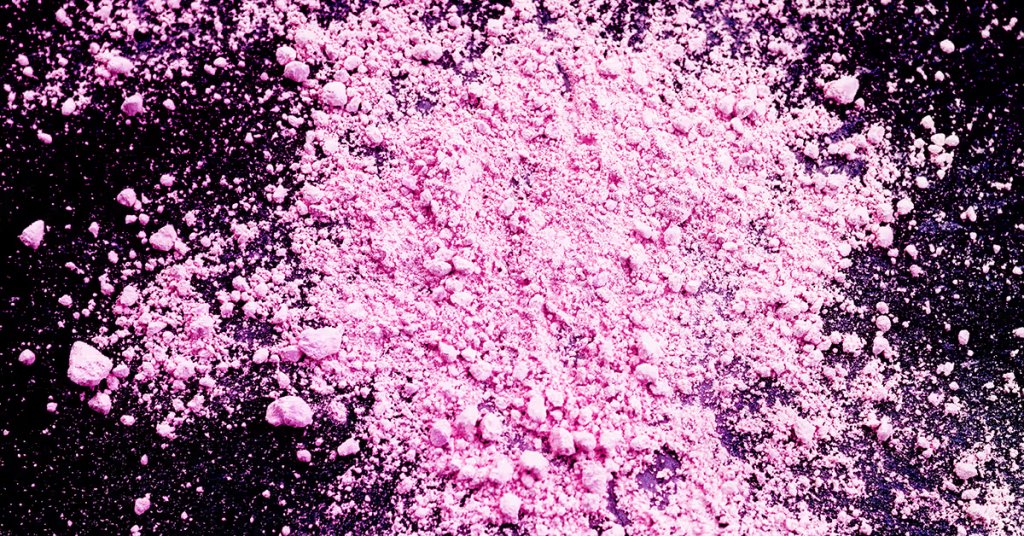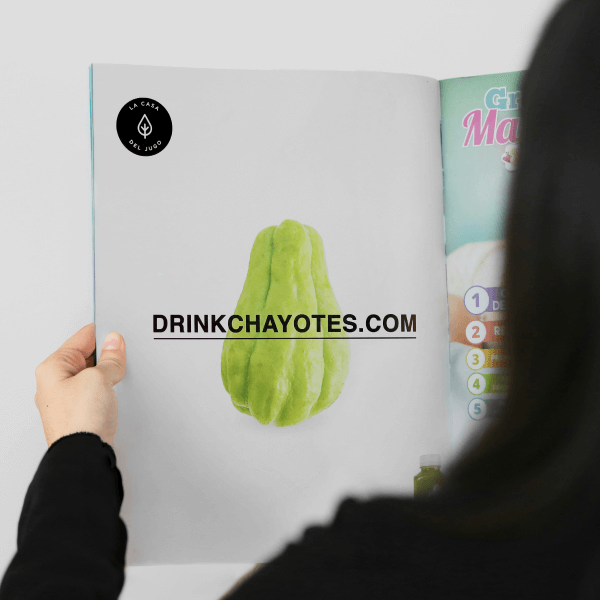Pink Tuci
What is it, and how to stay safe?

Understanding Pink Tusi: What It Is and Why It’s a Concern
Pink “tusi” (sometimes called “pink cocaine”) has become a topic of discussion in recent years, largely because of its bright colour and confusing name. Despite being commonly associated with the psychedelic drug 2C-B, pink tusi has no chemical or pharmacological connection to it. The similarity in name appears to be deliberate marketing, which can mislead people into thinking it’s a consistent or known substance — when in reality, it isn’t.
What’s Actually in Pink Tusi?
The most important thing to understand about pink tusi is that there is no standard formula. The contents can vary widely from one batch to another. The only consistent feature is usually the pink colouring.
Testing from harm reduction organisations has shown that pink tusi has contained a mixture of different drugs — most often combinations of ketamine, MDMA, and caffeine. In some cases, it has also been found to include cocaine, methamphetamine, or synthetic cathinones (stimulants sometimes referred to as “bath salts”).
Because of this variation, it’s impossible to know what you’re taking just by the colour, texture, or name. Even experienced users of individual substances have been caught off guard by unexpected effects, interactions, or strength.
Why Do People Talk About It?
Some people describe pink tusi as a “party drug” or claim it offers a unique experience. In reality, what they’re describing is likely the unpredictable mixture of effects caused by taking multiple substances at once — sometimes without realising it.
For example, a mix of ketamine with stimulants like caffeine or MDMA might feel stimulating at first but can carry higher risks, including dehydration, increased heart rate, or dissociation. The combination also makes dosing unpredictable, increasing the risk of overdose or adverse reactions.
Key Harm Reduction Messages
- Never assume you know what a substance is based on its colour or street name.
- Drug checking (using a reagent or professional testing service) is the only way to confirm what’s in a sample — and even then, purity and potency can vary.
- Avoid mixing drugs, especially stimulants and depressants, as their combined effects can strain the body and make it harder to judge risk or dose.
- If you or someone around you experiences unexpected effects, seek medical help immediately and be honest with emergency responders about what may have been taken — this can save lives.
- Choose not to buy or use substances from sellers who deliberately disguise or misrepresent their products.
In Summary
Pink tusi is less a single drug and more a brand name for an unpredictable mix of substances. The pink colour may look distinctive, but it tells you nothing about what’s inside. The safest approach is to avoid unknown powders altogether — and if someone does choose to take them, using a testing service, staying hydrated, and avoiding polydrug use can significantly reduce harm.
“We saw a significant increase in website traffic and sales within just a few months.”

JANET MORRIS
Let’s work together on your next marketing project
Ready to take your brand to the next level? Partner with us to create innovative marketing strategies, drive meaningful engagement, and achieve measurable results. Let’s turn your vision into reality—together.


